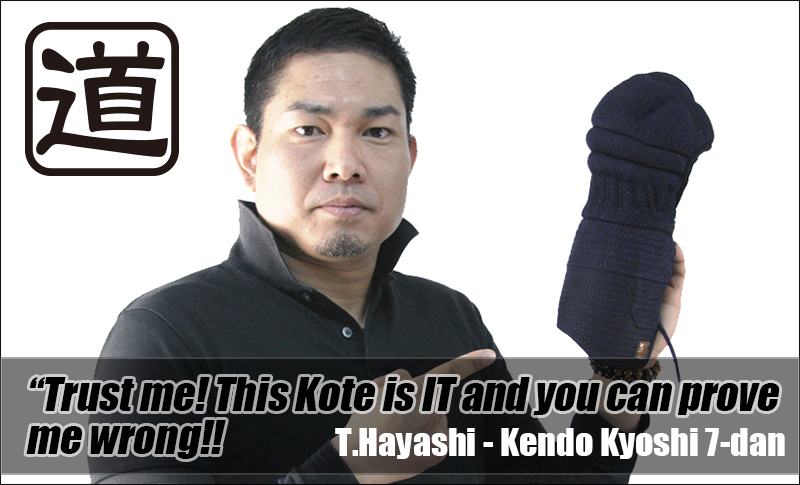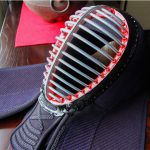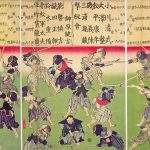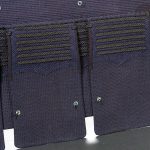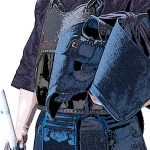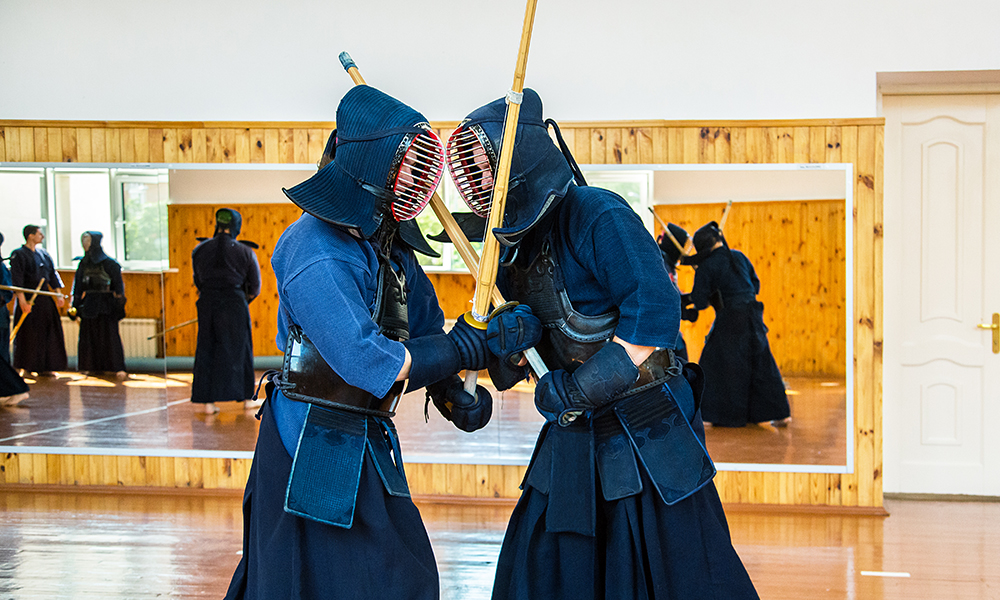
Every sport has rules that cannot be violated and when they are there is a penalty that matches the severity of the offense. Kendo has specific infringement rules, which include rules where one goes “that is obviously wrong” and more “technical” ones that aren’t so obvious.
The obvious ones include
- Intentionally forcing an opponent outside the court
- Your own feet crosses the court line during the match
- Tripping your opponent
- Leaving the court without the referee’s permission
- Dropping your shinai
- Calling for a pause during the match without reason
- Showing disrespect toward the referee or opponent
Many of these are common to other sports, but dropping the shinai shows kendo’s characteristic. 2 such infringements count as an ippon toward the opponent. The “dropping the shinai” rule derives from when samurai fought with real swords. Dropping your sword meant dropping your life. There is a difficult technique called “shinai-otoshi” where you get your opponents hands in a twist and force him to drop the shinai, but sometimes when you go for the strike the shinai can fly off your hands, It pays to change the hilt regularly.
Another infringement that often occurs is players overstepping. Playing within the limits of the white lines will often cause players to overstep themselves. As mentioned 2 infringements count as an ippon to the opponent, For example, overstepping once then dropping the shinai will count toward an ippon. Because of this rule, some “unfortunate” kenshi try to force their opponents outside the line.
Calling for a pause is sometimes used strategically by top-level kenshi. When you understanding the flow of the match, and both players struggle to force a win, some kenshi will call for “time” and adjust their men. But when you call for “time” without good reason, it may stop the game when it was going well for your opponent. This can sometimes be called as an infringement so it is unadvisable for beginners to try this tactic.
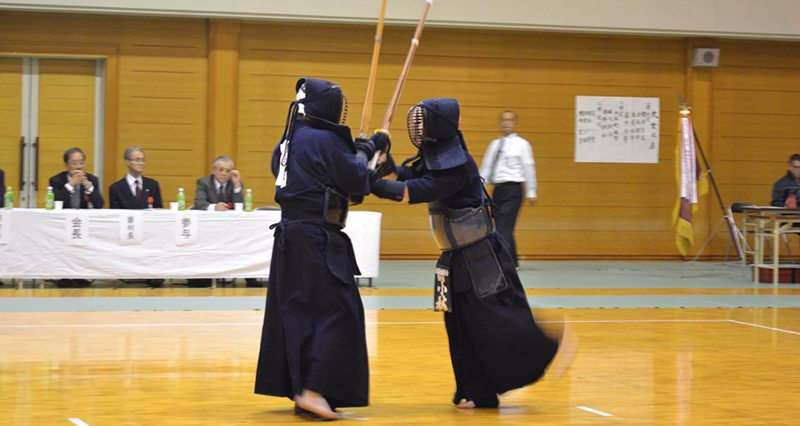
Next, there are some technical infringements:
- Not engaging in tsuba-zeriai (pushing swords against each other) correctly
- Assume extremely defensive positions like raising your forearm
- Deliberately knocking down your opponent’s shinai
The most common one is not engaging in tsuba-zeriai correctly. For beginners and lower elementary school children you often see referees give “warnings” before calling an official infringement. Sometimes players don’t really understand what the warning is for, so it is important that they are made aware.
 | Did you like what you've just read? Check this out. |


